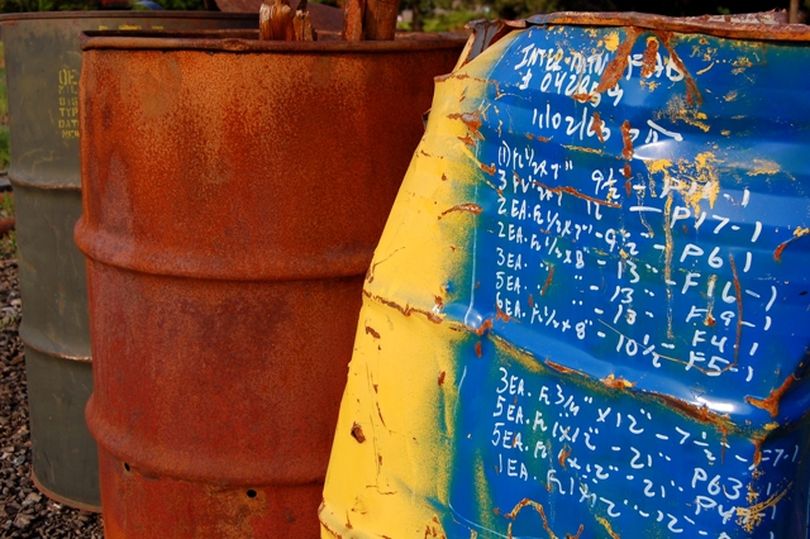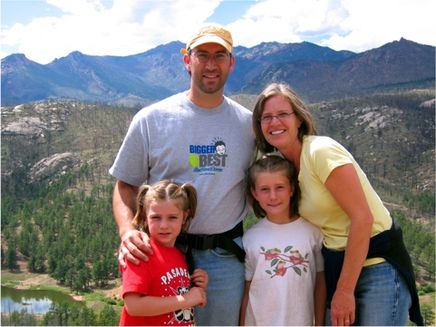Why does the USDA encourage farmers to dispose of coal waste on their fields?

I came across this Businessweek article and thought it was worth sharing. As someone who until recently had not really paid much attention to agricultural practices, I find things like this fascinating. Excerpt:
The federal government is encouraging farmers to spread a chalky waste from coal-fired power plants on their fields to loosen and fertilize soil even as it considers regulating coal wastes for the first time.
The material is produced by power plant "scrubbers" that remove acid rain causing sulfur dioxide from plant emissions. A synthetic form of the mineral gypsum, it also contains mercury, arsenic, lead and other heavy metals.
The U.S. Environmental Protection Agency says those toxic metals occur in only tiny amounts that pose no threat to crops, surface water or humans. But some environmentalists say too little is known about how the material affects crops, and ultimately human health, for the government to suggest that farmers use it on their land.
"Basically this is a leap into the unknown," said Jeff Ruch, executive director of Public Employees for Environmental Responsibility. "This stuff has materials in it that we're trying to prevent entering the environment from coal-fired power plants and then to turn around and smear it across ag lands raises some real questions."
...Since the EPA/USDA partnership began in 2001, farmers' use of the material has more than tripled, from about 78,000 tons spread on fields in 2002 to nearly 279,000 tons last year, according to the American Coal Ash Association, a utility industry group...
Darrell Norton, a USDA soil scientist, said a predecessor of FGD gypsum produced about 25 years ago often had high levels of heavy metals because it had been mixed with coal fly ash. But FGD gypsum has no fly ash and is "environmentally clean," he said.
It may be quite safe but I couldn't help but think about a previous situation reported by David Montgomery in his excellent book, "Dirt" (page 214). In the early 1990's the Land O' Lakes Company figured out a way to ship its toxic waste to Quincy, WA and mix it with other chemicals and sell it it as "cheap, low-grade" fertilizer. This allowed them to avoid the high cost of legitimate disposal of the toxic material. Here's a key passage that makes me suspicious of the above assurances from the scientists at USDA:
They "discovered that state officials allowed recycling waste rich in heavy metals into fertilizers without telling farmers...Approached about the practice of selling toxic waste as fertilizer, staff at the state department of agriculture admitted they thought it was a good idea, kind of like recycling.
Curiously enough, the toxic fertilizer began killing crops. Unless they are eroded away, heavy metals stick around in the soil for thousands of years. And if they build up enough in the soil, they are taken up by plants - like crops.
One farmer was curious about whether his land and crops had been impacted. He sent fertilizer provided by the company to a lab and they found "lots of arsenic, lead, titanium, and chromium...The lab also reported high lead and arsenic concentrations in peas, beans, and potatoes sent in from crops fertilized" by the toxic stew. Samples of potatoes sent in by another farmer were found to have 10 times the allowable concentration of lead.
There is a major industry in the US of converting toxic waste into fertilizer and it has been a standing practice for decades. The coal ash story is just one example of many instances.
